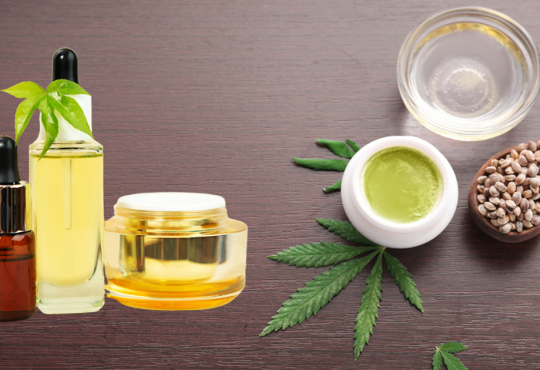 There is a lot of confusion regarding the sun protection factor that we should use. We show you which one to choose according to the needs of your skin.
There is a lot of confusion regarding the sun protection factor that we should use. We show you which one to choose according to the needs of your skin.
The summer days in which we lay down are without measure to get a nice tan, they have gone down in history. Who else who less, knows that today, excessive exposure to the sun is dangerous for the skin (you can get a melanoma ) and also promotes premature wrinkles, and spots.
Here we explain how to choose the best sun protection for face and the most appropriate to our needs, to feel calm and protected.
What does the sun protection factor mean
There is a lot of confusion regarding some terms that have to do with the sun, sun exposure, or sun protection, among other issues. Sometimes we do not know if we need high or lower sun protection, or how much sunscreen to apply, so here are some fundamental concepts to know how to read the manufacturer’s label well:
- SPF: It is the sun protection factor, known by its acronym in English. The SPF or sun protection factor means to what degree your skin will be protected. For example, if it is a solar factor 20, this means that you will be 20 times more protected than if you were exposed to the sun without a sun protection factor.
- UV: it is the ultraviolet radiation, the one with the highest energy.
- UVA: It is the rays that penetrate deeper into the skin to brown it, but also those that can break the cell structure, and cause wrinkles, spots, and worse, a melanoma.
- UVB: They are the rays that penetrate the most superficial layers of the skin, can cause sunburn, and in the worst case, a skin cancer. To protect ourselves from the sun, with all the guarantees, we must choose a protective cream SPF solar suitable for our skin type (no less than 15 is recommended, which does not mean that we are not going to tan) that protects both UVA and UVB rays.
Skin type and protection factor
The sun protection factor (SPF) of sunscreens will be in charge of skincare. Each skin type has specific care. For example, light skins need a higher sun protection factor than people with darker complexions; In general, SPF 30 is recommended for all skin types for daily use.
- Type 1: Very clear skin with many freckles. It does not usually tan and always burns, so it requires an SPF of 50 or more.
- Type 2: light skin and freckles. They also often burn easily but take longer to get brown. An SPF 30 is recommended.
- Type 3: white skin. It burns in moderation. At least one SPF 30 is recommended, but for longer periods of exposure, it is convenient to use a larger one.
- Type 4: Mixed or slightly dark skin. It pigments easily and in a short time until it acquires an intermediate brown skin tone. The minimum SPF is 10.
- Type 5: dark skin. It rarely burns, because it achieves a fast and intense tan. An SPF 8 is recommended.
- Type 6: black skin. It practically does not burn – minimum SPF 6.
The sun protection factor indicates the number of times that photoprotection increases their natural defense capacity against redness or burns. Sunscreens are composed of these factors, which will protect the skin.
The photoprotection filter the ultraviolet radiation A and B to prevent any type of injuries, and their graduation indicates the protection rates. In turn, the photoprotection is divided into five categories, depending on the sun protection factor:
- Low: from 2 to 6.
- Medium: from 8 to 12.
- High: from 15 to 25.
- Very high: from 30 to 50.
- Ultra: 50+
Skin type and age
When choosing a sunscreen, you should consider whether your skin is normal, oily, mixed, or dry. Also, you must choose an appropriate protection factor for the most sensitive areas, such as the face, neck, and lips.
These products can be found in multiple presentations (creams, lotions, gel, spray, etc.). Today there are several brands that offer specially designed makeup to protect the skin from radiation.
Children require more care. Perhaps you have heard the phrase “the skin has a memory”, and it is so, so it is recommended not to expose the little ones directly to UV rays. It is also convenient to always cover your body and head with caps, glasses, and clothing.
In the case of older children, since they are more active abroad, they must use water-resistant blockers; These will allow you to enjoy any activity on the beach, the pool, the park or the mountain, keeping them protected.
Some considerations
- Although the day is cloudy, sunscreen must be applied.
- It is important to apply sunscreen on dry skin 30 minutes before sun exposure, to achieve better absorption.
- Once the first two have elapsed after the application, it is necessary to repeat the application, especially if there has been contact with the water or it has been perspired excessively.
The sun offers multiple benefits to our body and skin. However, exposure for long periods without protection can cause severe irreversible injuries, such as spots, wrinkles, moles, and even skin cancer.





